Are Domestic Medium Hair Cats Hypoallergenic: A Comprehensive Analysis of Feline Allergens and Allergen Management
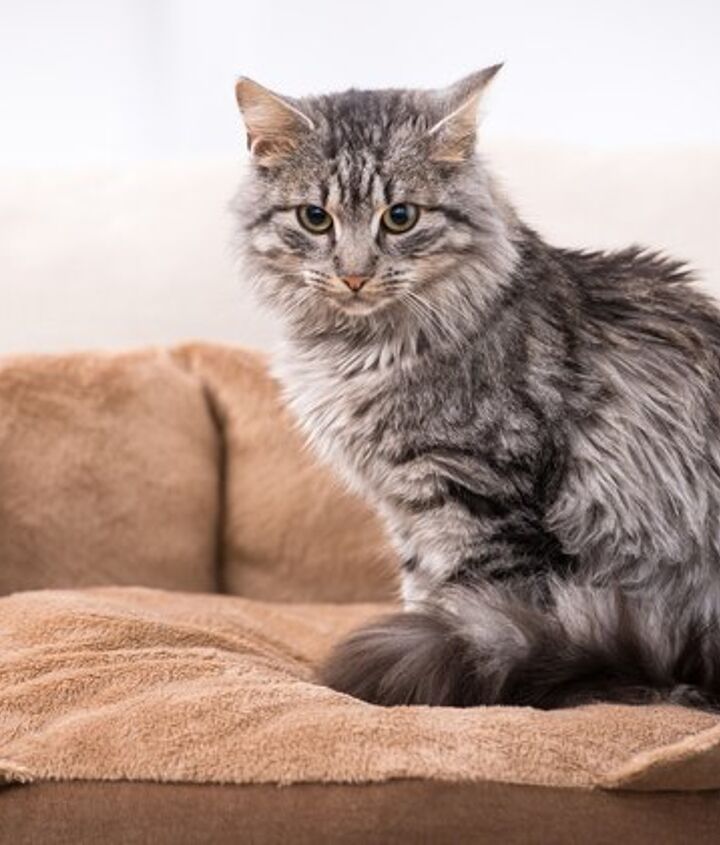
The desire for companionship with a feline friend is widespread, yet for many, this aspiration is complicated by the presence of allergies. A common inquiry among prospective cat guardians, particularly concerning non-pedigreed cats, revolves around the allergenicity of specific types. The question of whether Domestic Medium Hair cats possess hypoallergenic qualities frequently emerges, often fueled by misunderstandings about what “hypoallergenic” truly signifies in the context of pets. This article delves into the scientific realities of cat allergies, the characteristics of Domestic Medium Hair cats, and the efficacy of various allergen management strategies, providing a clear and comprehensive perspective on this important subject.
Understanding Feline Allergens: The Science Behind the Sneeze
To address the misconception surrounding the allergenicity of any cat, it is crucial to understand the fundamental cause of cat allergies. Contrary to popular belief, cat allergies are not primarily triggered by a cat’s fur or the amount it sheds. The primary culprit is a protein known as Fel d 1, which is produced in a cat’s saliva, sebaceous glands (skin), and urine. When a cat grooms itself, the Fel d 1 protein from its saliva dries on its fur. As the cat sheds dander (microscopic flakes of skin), grooms, or uses its litter box, these protein particles become airborne, attaching to dust particles and circulating throughout the environment.
Fel d 1 is an exceptionally potent allergen. Its particles are significantly smaller than dust mites or pollen, allowing them to remain airborne for extended periods and easily penetrate lung tissue. They are also incredibly sticky, adhering to clothing, furniture, walls, and other surfaces, making them difficult to eradicate from a home environment. Symptoms of an allergic reaction can range from mild, such as sneezing, runny nose, itchy eyes, and skin rashes, to more severe responses like asthma attacks, wheezing, and difficulty breathing. The severity of the reaction depends on an individual’s sensitivity and the level of allergen exposure.
The Misconception of “Hypoallergenic” Pets
The term “hypoallergenic” literally means “less allergenic,” not “non-allergenic.” In the context of pets, it suggests that a particular animal is less likely to cause an allergic reaction in sensitive individuals. However, no cat breed or type is truly 100% hypoallergenic because all cats, without exception, produce Fel d 1. The notion that certain breeds or coat types do not produce this protein, or produce it in negligible amounts, is a persistent myth. While some breeds are marketed as hypoallergenic, this often stems from anecdotal evidence or misinterpretations of their grooming habits or coat characteristics. The critical factor remains the production of Fel d 1, which is a universal biological trait of the species Felis catus.
Domestic Medium Hair Cats: A Categorization, Not a Breed
Domestic Medium Hair cats are not a specific breed but rather a classification based on their coat length. They are mixed-breed cats, often referred to as “mutts” or “moggy” cats, distinguished by a coat that is longer than a short-haired cat’s but shorter than a long-haired cat’s. Their genetic diversity means they come in an immense variety of colors, patterns, and physical builds. The lack of a standardized breed profile implies a wide range of genetic backgrounds, which can influence various traits, including the amount of Fel d 1 protein an individual cat produces.
The length of a cat’s fur or the amount of shedding it exhibits has no direct correlation with the amount of Fel d 1 protein it produces. A cat with medium-length hair will still groom itself, depositing saliva-borne allergens onto its fur. It will still shed dander, which carries the dried Fel d 1. Therefore, a Domestic Medium Hair cat, like any other cat, will produce and distribute allergens into its environment. The belief that a cat with a specific coat length or shedding pattern is inherently less allergenic is unfounded. The presence and distribution of the Fel d 1 protein are biological functions common to all felines.
Factors Influencing Fel d 1 Production
While all cats produce Fel d 1, the quantity can vary among individual animals. Several factors have been identified that may influence the level of allergen production:
- Sex: Male cats, particularly unneutered males, tend to produce higher levels of Fel d 1 than female cats. Neutering a male cat can lead to a reduction in allergen levels.
- Age: Kittens generally produce less Fel d 1 than adult cats. This might explain why some individuals experience fewer allergic symptoms with young cats, only for allergies to worsen as the cat matures.
- Color: Some studies have suggested a possible correlation between coat color and allergen production, with darker-colored cats potentially producing more Fel d 1 than lighter-colored cats. However, this research is not conclusive and should not be considered a definitive indicator.
- Individual Variation: Ultimately, the most significant factor is individual variation. Two cats of the same sex, age, and even breed (if applicable) can produce vastly different amounts of Fel d 1. This inherent variability makes it impossible to predict allergenicity based solely on a cat’s appearance or general classification.
Given these variables, relying on the classification of a Domestic Medium Hair cat as a predictor of allergenicity is not advisable. A specific cat’s allergen production can only be determined through direct exposure or, in some research settings, through laboratory testing of allergen levels.
Strategies for Allergen Management
Since no cat is truly hypoallergenic, managing cat allergies in a household with a feline companion requires a multi-faceted approach focused on reducing allergen exposure. This strategy is critical for individuals who choose to live with a cat despite their allergies.
- Environmental Control:
- HEPA Air Purifiers: High-Efficiency Particulate Air (HEPA) filters can significantly reduce airborne allergens by trapping Fel Shoulder Length Layered Haircuts With Fringe A Comprehensive Guide To Versatility And Style d 1 particles.
- Frequent Cleaning: Regular vacuuming with a HEPA-filtered vacuum cleaner, dusting with damp cloths, and washing bedding and curtains can help remove accumulated allergens.
- Allergen-Impermeable Covers: Using covers for mattresses and pillows can prevent allergens from settling and accumulating in sleeping areas.
- Designated Allergen-Free Zones: Restricting the cat’s access to certain areas, particularly the bedroom of the allergic individual, can create a sanctuary with lower allergen levels.
- Hard Flooring: Replacing carpets with hard flooring (wood, tile, laminate) can reduce allergen retention, as carpets are notorious for trapping allergens.
- Cat Care Practices:
- Regular Bathing: Bathing the cat one to two times per week can significantly reduce the amount of Fel d 1 on its fur. This should be performed by a non-allergic individual.
- Consistent Brushing: Daily brushing, ideally performed outdoors or by a non-allergic person, helps remove loose fur and dander before it disperses throughout the home.
- Dietary Supplements: Some studies suggest that diets rich in omega-3 and omega-6 fatty acids can promote healthier skin and coat, potentially reducing dander shedding.
- Allergen-Reducing Cat Food: Recent scientific advancements have led to the development of cat foods containing a specific protein that neutralizes Fel d 1 in the cat’s saliva, thereby reducing the amount of active allergen released into the environment.
- Personal Health Management:
- Medication: Over-the-counter or prescription antihistamines, nasal sprays, and eye drops can help manage allergy symptoms.
- Immunotherapy (Allergy Shots): For severe allergies, an allergist may recommend immunotherapy, a long-term treatment that involves a series of injections to desensitize the immune system to the allergen.
- Hand Washing: Washing hands thoroughly after touching the cat is a simple yet effective way to prevent the transfer of allergens to the face and eyes.
The Importance of Informed Decision-Making
The decision to bring a cat into a home where allergies are a concern should be made with careful consideration and realistic expectations. Relying on the erroneous belief that a Domestic Medium Hair cat, or any cat for that matter, is inherently hypoallergenic can lead to disappointment, health issues, and potentially the rehoming of the animal. Responsible pet ownership dictates a thorough understanding of the challenges and a commitment to implementing effective management strategies.
Before adopting any cat, individuals with allergies should spend time with the specific animal they are considering. Under Braids Hairstyles An In Depth Exploration Of A Versatile Hair Art Form This “allergy test drive” can provide a more accurate indication of their reaction than any general classification or perceived hypoallergenic trait. Consulting with an allergist is also highly recommended to discuss personal sensitivities and the most appropriate management plan.
FAQs by Are Domestic Medium Hair Cats Hypoallergenic
- Is coat length a reliable indicator of allergen production? No, coat length does not reliably indicate the amount of Fel d 1 protein a cat produces. All cats, regardless of fur length, produce this primary allergen.
- Do all cats produce the same amount of Fel d 1? No, the amount of Fel d 1 produced varies significantly among individual cats, influenced by factors such as sex, age, and individual genetic makeup.
- Can allergies develop over time even with a cat previously tolerated? Yes, allergic sensitivities can develop or worsen over time due to prolonged exposure to allergens, even if initial reactions were mild or absent.
- Are there any breeds that produce no Fel d 1? No cat breed produces no Fel d 1. While some breeds are anecdotally considered “less allergenic,” all felines produce this protein.
- What is the most effective way to reduce cat allergens in a home? A combination of strategies is most effective, including rigorous cleaning, use of HEPA air purifiers, regular bathing and Shoulder Length Hairstyles For Fat Faces A Comprehensive Guide To Flattering Styles grooming of the cat, and potentially dietary interventions for the cat.
Tips by Are Domestic Medium Hair Cats Hypoallergenic
- Implement rigorous cleaning routines, including frequent vacuuming with HEPA filters and washing of textiles, to minimize allergen accumulation.
- Utilize high-efficiency particulate air (HEPA) purification systems in key living areas to reduce airborne allergen concentrations.
- Designate allergen-free zones within the home, such as bedrooms, to provide a sanctuary for allergic individuals.
- Maintain consistent grooming practices for the cat, including regular bathing and brushing, to reduce the amount of dander and saliva-borne allergens.
- Consult with an allergist for personalized medical advice and management strategies, including potential immunotherapy options.
Conclusion by Are Domestic Medium Hair Cats Hypoallergenic
The inquiry into the hypoallergenic nature of Domestic Medium Hair cats reveals a crucial distinction: no cat is truly hypoallergenic. All felines, including Domestic Medium Hair cats, produce the Fel d 1 protein, the primary allergen responsible for human allergic reactions. The perception that coat length or shedding amount dictates allergenicity is a misconception, as the protein is present in saliva, skin, and urine, and is distributed through dander. Successful cohabitation for individuals with cat allergies relies not on the mythical search for a non-allergenic cat, but on the implementation of comprehensive and consistent allergen management strategies. These strategies, encompassing environmental controls, meticulous cat care, and personal health management, are paramount to mitigating allergic symptoms and fostering a harmonious environment for both humans and their beloved feline companions. Informed decision-making, grounded in scientific understanding rather than anecdotal claims, is essential for the welfare of all involved.
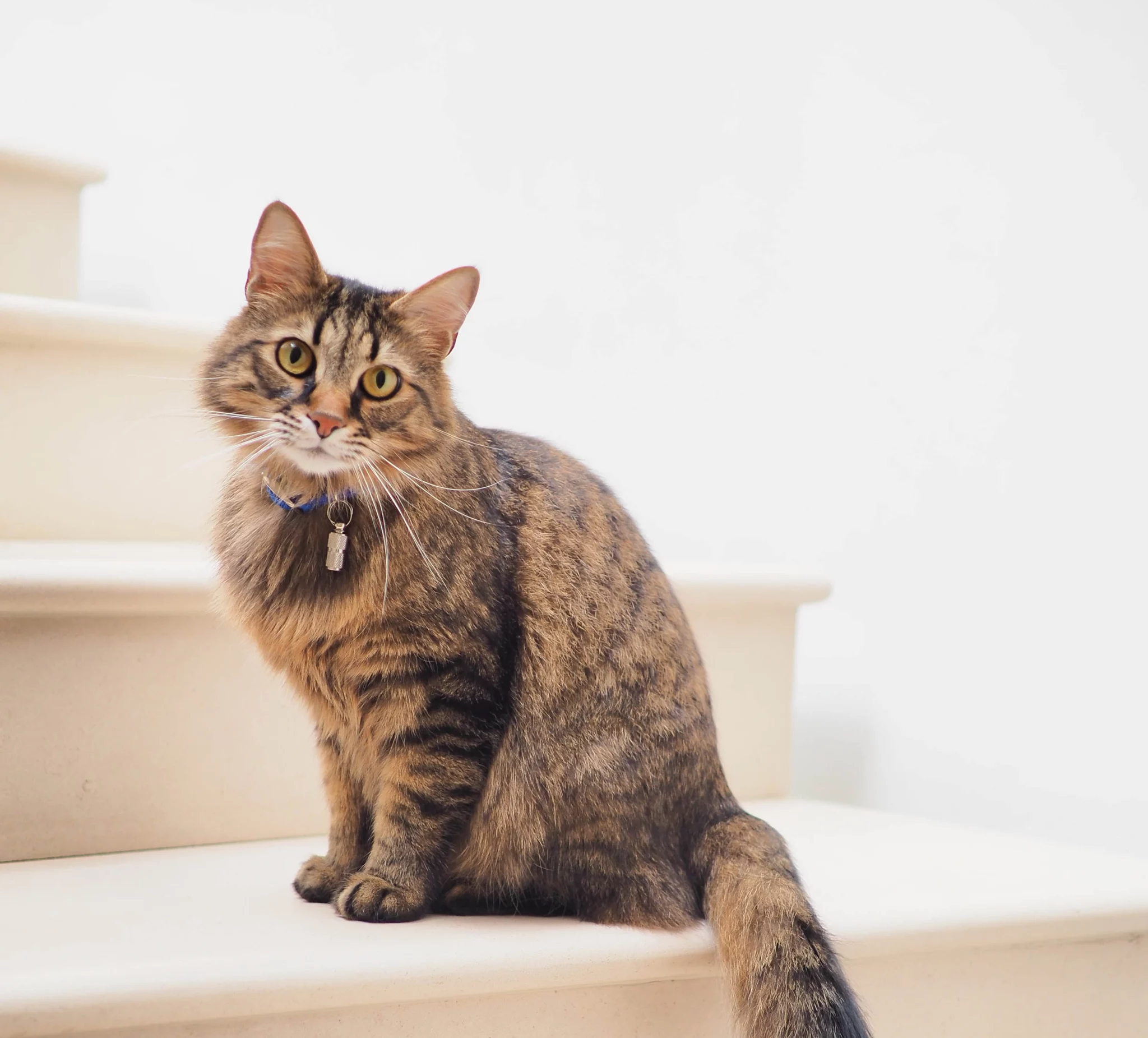
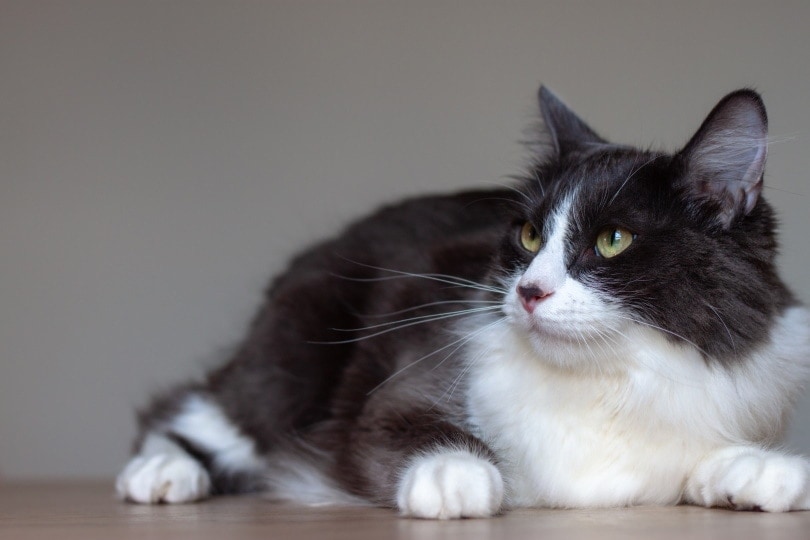
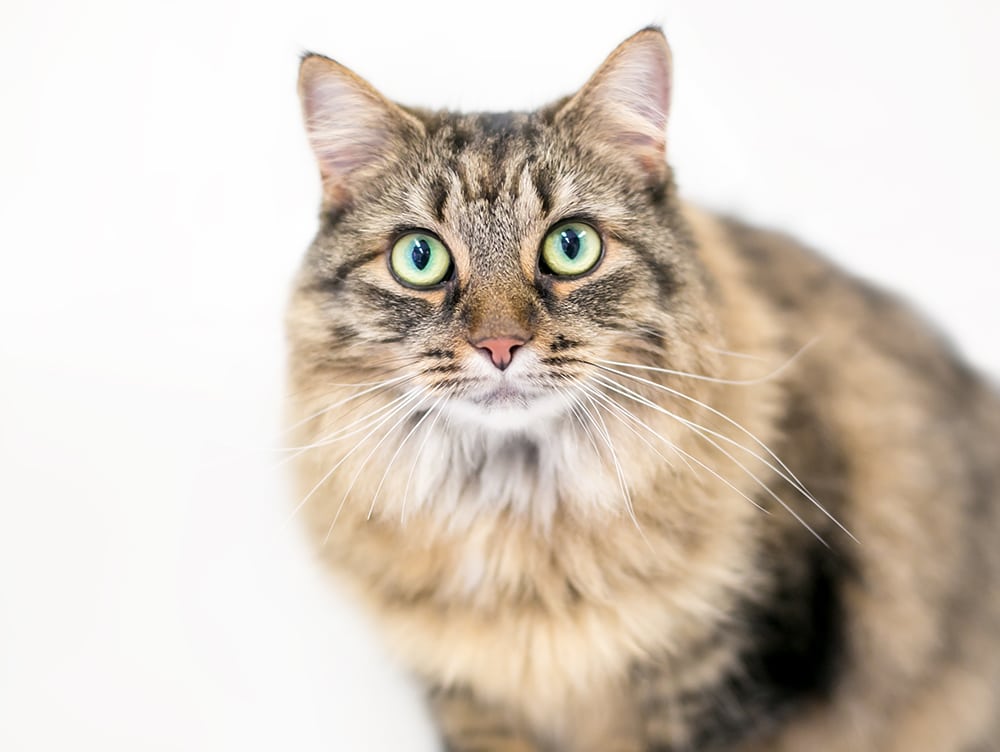
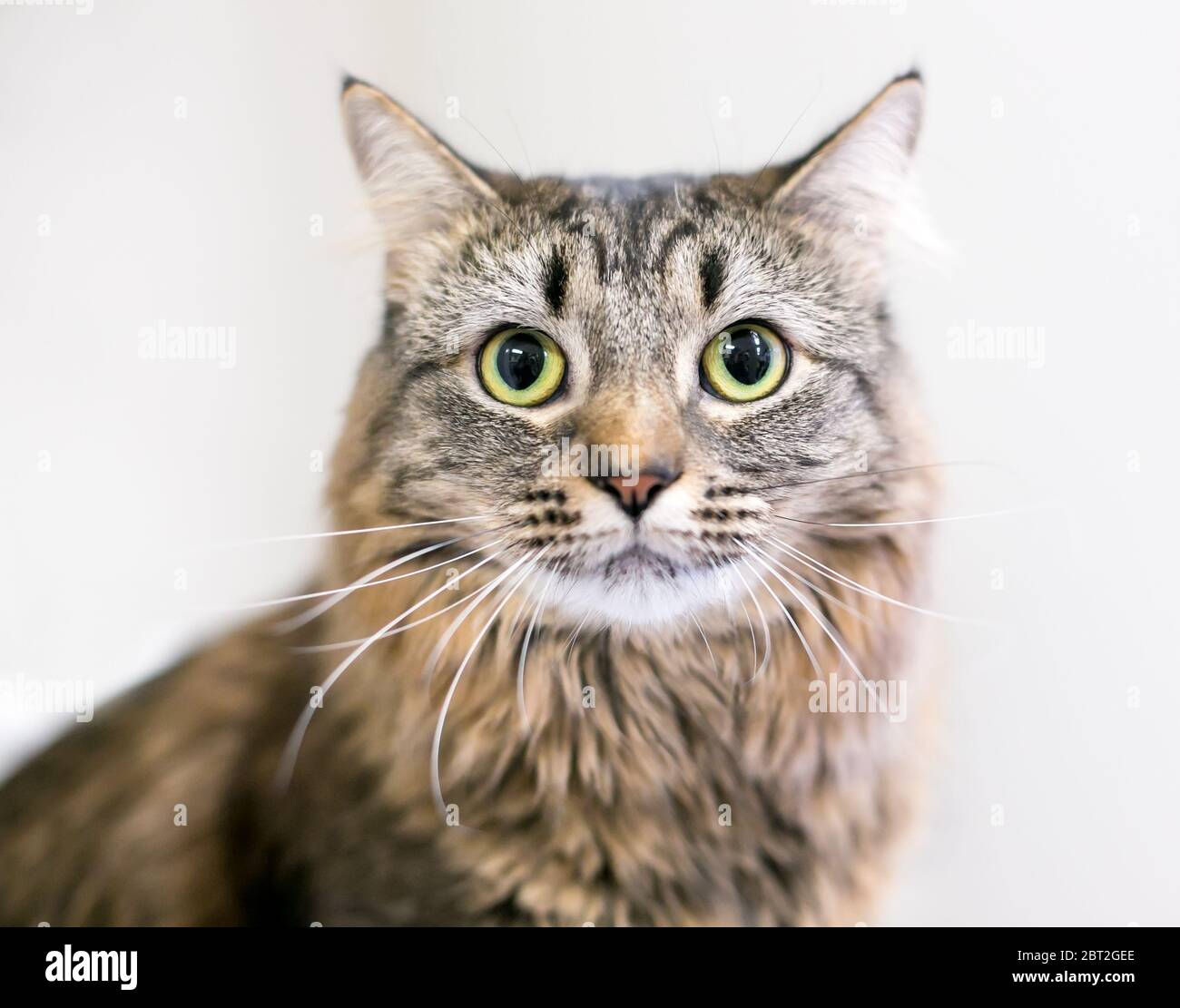
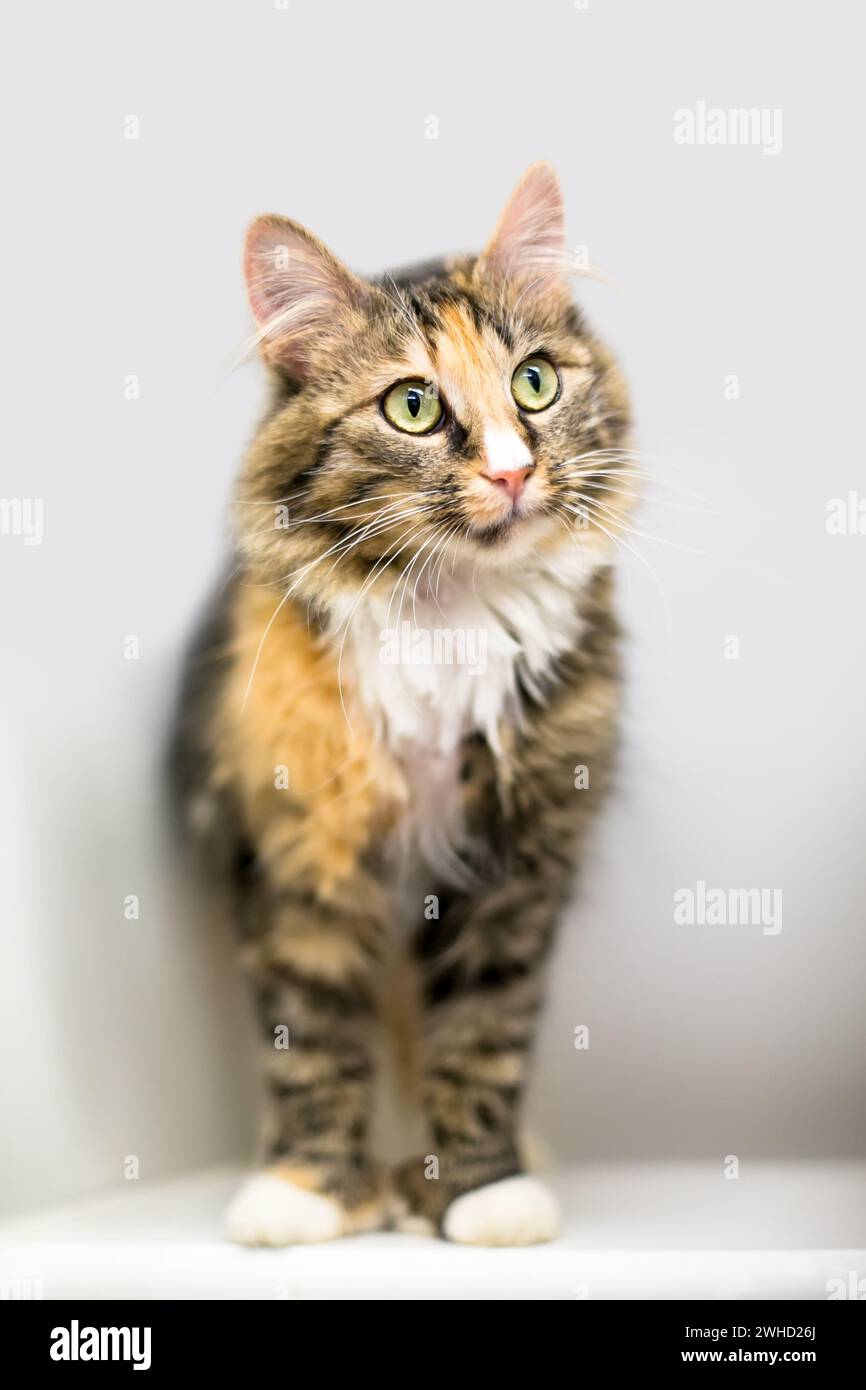


More suggestion: Best Hairstyles For Young Women A Comprehensive Guide To Enhancing Personal Style